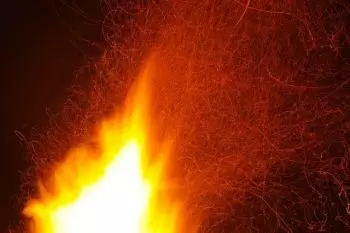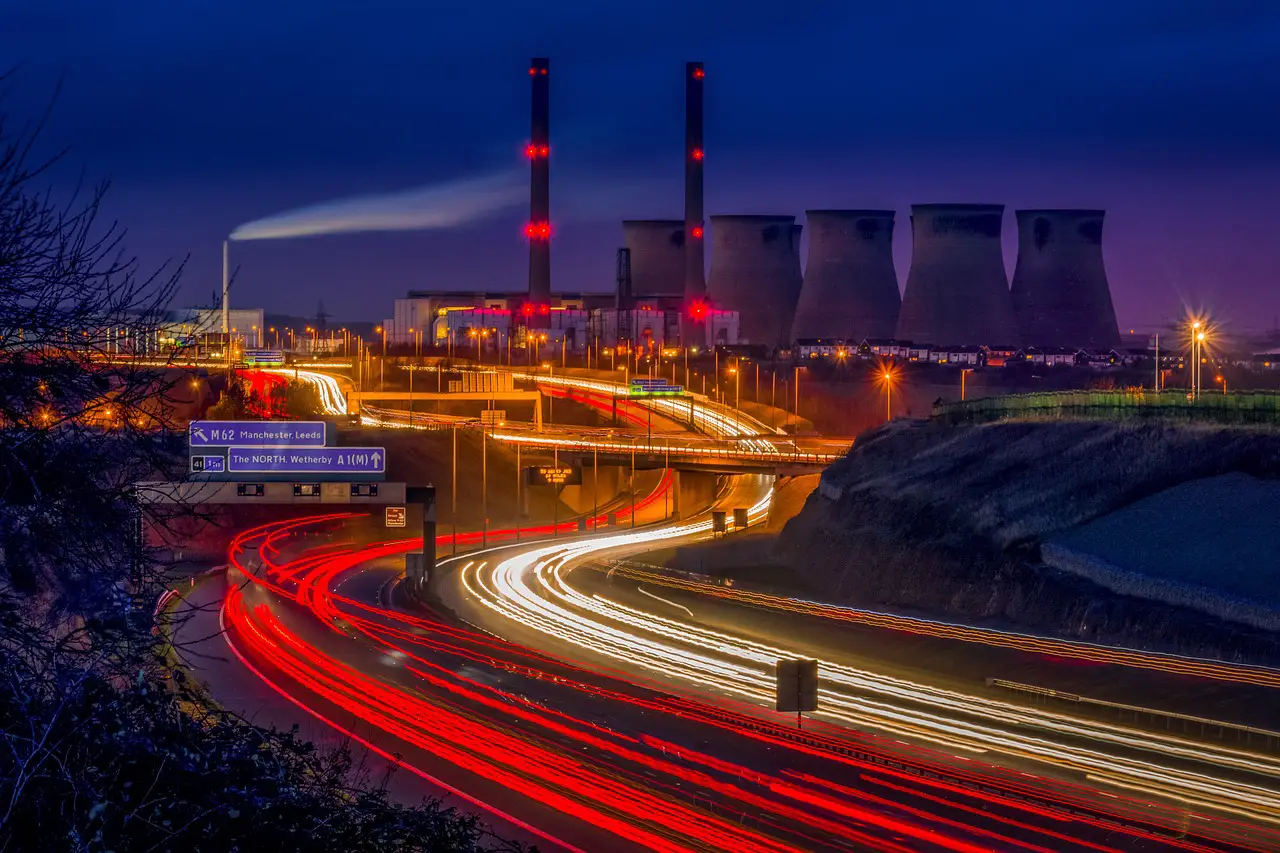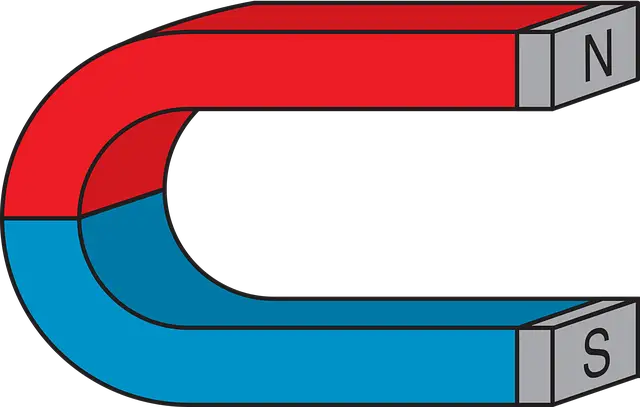
Energy is a fundamental concept in physics and in our daily lives, a force that drives everything we do and defines how we interact with the world around us. From lighting our homes to powering our electronic devices, from moving vehicles to growing crops, energy plays a pervasive and essential role.
Definition of energy
Energy is a fundamental concept in physics that plays a crucial role in our understanding of the universe and how we interact with it. At its simplest, energy can be defined as the ability to do work or cause change in a system.
This definition, formulated by the British physicist James Prescott Joule in the 19th century, underlies all branches of physics and is essential for understanding a wide range of natural phenomena.
Energy units
Energy can be measured in various units, depending on the system of units being used and the specific type of energy being measured.
Here is a table with some of the most common energy units:
|
power unit |
Symbol |
Joule equivalence (approximate) |
|
Joule |
J |
1 joule |
|
Calorie |
lime |
4,184 joules |
|
Kilocalorie (kcal) |
kcal |
4,184 joules |
|
electronvolt (eV) |
eV |
1.602 × 10 -19 joules |
|
Watt-hour (Wh) |
whah |
3,600 joules |
|
British Thermal Unit |
btu |
1,055.06 joules |
|
Joules per mole (J/mol) |
J/mol |
Varies by chemical |
|
Kilowatt-hour (kWh) |
kWh |
3,600,000 joules (3.6 megajoules) |
|
Foot-pounds (ft-lbs) |
ft-lb |
1.35582 joules |
|
foot-pounds (lb-ft) |
lb-ft |
1.35582 joules |
Types of energy
Energy is not a single, monolithic entity; instead, it manifests itself in various forms and can be classified into several main types.
Here, we explore some of the most common types of energy:
Kinetic energy
 This is the energy associated with the movement of an object. The magnitude of kinetic energy depends on the mass of the object and its speed. For example, a moving car has kinetic energy, and that energy increases as its speed increases.
This is the energy associated with the movement of an object. The magnitude of kinetic energy depends on the mass of the object and its speed. For example, a moving car has kinetic energy, and that energy increases as its speed increases.
Gravitational potential energy
This form of energy is related to an object's position in a gravitational field, like the energy stored by an object high in the air. The higher an object is, the greater its gravitational potential energy.
Elastic potential energy
It is related to the elastic deformation of objects, such as a stretched rubber band or a compressed spring. This energy is released when the object returns to its original shape.
Mechanical energy
Mechanical energy is the sum of the kinetic energy and the potential energy of a system. This form of energy is related to the movement and position of objects in a system.
Thermal energy
It results from vibration and molecular motion in a system. The hotter an object is, the greater its thermal energy. Thermal energy flows from hotter objects to cooler objects.
Chemical energy
It is stored in the chemical bonds of molecules and is released during chemical reactions. For example, the energy in food is released when it is metabolized in the human body.
Nuclear energy
This is the energy contained in the nucleus of atoms. It is released in nuclear reactions, such as fission (splitting of nuclei) and fusion (union of nuclei). Nuclear power is the force behind the sun and atomic bombs.
Electric power
It comes from the movement of electrons in a conductor. It is the foundation of modern technology and is used to power electronic devices, lighting, and more.
Electromagnetic energy
Electromagnetic energy is a form of energy that is propagated through electromagnetic waves, such as visible light, microwaves, X-rays, and radio waves. This energy is carried by oscillating electric and magnetic fields.
Magnetic energy
 Associated with magnetic fields and their ability to do work on magnetic objects, such as electric motors.
Associated with magnetic fields and their ability to do work on magnetic objects, such as electric motors.
Sound energy
It is generated by the vibration of particles in a medium, such as air or water. Our sense of hearing detects this energy in the form of sound.
Fundamental principles of energy
Energy follows two fundamental principles:
Principle of conservation of energy
This principle states that energy cannot be created or destroyed, it is only transformed from one form to another or transferred from one system to another in an isolated system. In other words, the total amount of energy in an isolated system remains constant with time.
This means that the initial total energy of a system is equal to the final total energy, even if it changes from one form to another.
Energy transfer principle
The second fundamental principle of energy refers to how energy can be transferred from one object or system to another through different processes. This means that energy can move from one place to another and change from one form to another.
For example, when a force is applied to an object, work is done on that object and mechanical energy is transferred to it. Similarly, thermal energy can flow from a hotter object to a cooler one until they reach thermal equilibrium.
Energy transfer is also essential in the generation of electricity, where mechanical, thermal, chemical, or other forms of energy are converted into electrical energy that can be transported and used to do work.
Examples of energy in everyday life
Energy is present in many aspects of our daily lives.
Here are some examples of how energy manifests itself in everyday situations:
-
Home Electricity : Electric power is essential in our homes to power lights, appliances, computers, device chargers, televisions, and much more.
-
Cooking : When cooking, we use heat energy to heat food on stoves, microwave ovens, and other devices.
-
Transportation : Vehicles, whether cars, trains, buses, or electric bikes, require energy to move. Cars use gasoline or electricity, while trains can be electric or diesel.
-
Lighting : Electrical energy is converted into light in our lamps and light bulbs to illuminate our homes and streets.
-
Nuclear power plant – Nuclear reactors use nuclear energy to generate thermal energy and convert it into electrical energy.
-
Heating and Cooling : Heating and air conditioning systems use heat energy to keep our homes at a comfortable temperature.
-
Personal Electronics : Mobile phones, tablets, and laptops run on batteries that store electrical energy.
-
Food and drink : The chemical energy in food and drink provides the energy needed for our daily activities.
-
Daylighting : Sunlight provides natural lighting during the day and is also used in solar power systems to generate electricity.
-
Public Transportation : Public transportation systems, such as subways and trams, use electrical and kinetic energy to move.
-
Sport and exercise : The kinetic and potential energies are involved in the practice of sports and exercises, be it running, swimming or lifting weights.
-
Entertainment : Video games, movies, and concerts require electrical power for their operation and enjoyment.
-
Study and work : Computers, lights and other electrical devices are essential for study and work in offices and schools.
-
Freight Transportation : Trucks and ships use fossil fuels to transport goods locally and globally.
-
Medicine : Medical equipment such as X-ray machines and MRIs use electrical energy in diagnosis and treatment.
-
Communication : Power is essential in communication networks, including the Internet and mobile networks.
-
Renewable energy : Some people use solar or wind power systems at their homes to sustainably generate electricity.